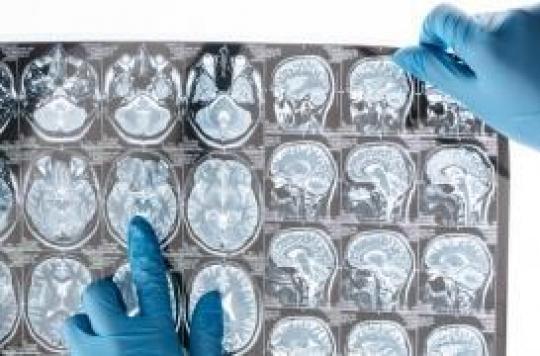For the first time, researchers observed tau proteins, one of the suspected causes of Alzheimer’s disease, spreading from neuron to neuron, just like an infection progressing through tissue.

“If the idea of transneuronal spread is accepted, then the most connected areas of the brain should have the greatest accumulation of tau and transmit it to their connections.. This is how principal author Thomas Cope concludes his study published in the journal Brain. It’s the same thing we might see in an influenza epidemic: people with the largest networks are the most likely to catch the flu and then pass it on to others. This is exactly what we have seen.”
In Alzheimer’s disease, the region of the brain where the tau protein is first located in the area of the entorhinal cortex, next to the hippocampus. That is why the first symptoms of the disease are memory problems. The study, which has just been published in the journal Brain, suggests that the tau protein then spreads in the brain by proximity, infecting and destroying nerve cells, while gradually worsening the patient’s symptoms.
Stop the spread of tau
Transneuronal propagation is one of the three hypotheses that explain the distribution of tau proteins. The metabolic vulnerability hypothesis implies that tau proteins are made in nerve cells and that the ones that produce the most are those that are already damaged. The “trophic support” hypothesis suggests that certain areas of the brain are more sensitive than others and that it is linked to a lack of vascularization, and therefore of nutrition.
However, the researchers’ observations did not find any evidence for these two hypotheses.
The origin of the disease is thought to be the progression of 2 types of proteins, beta-amyloids and the tau protein.
The buildup of these beta-amyloid proteins creates amyloid plaques outside of brain cells, while tau proteins build up inside neurons. These end up inhibiting or even killing brain cells in this way. Understanding how tau spreads through the brain is a real challenge for future therapies. Such research could help develop drugs that can stop tau proteins before they travel through large areas of the brain.
.















